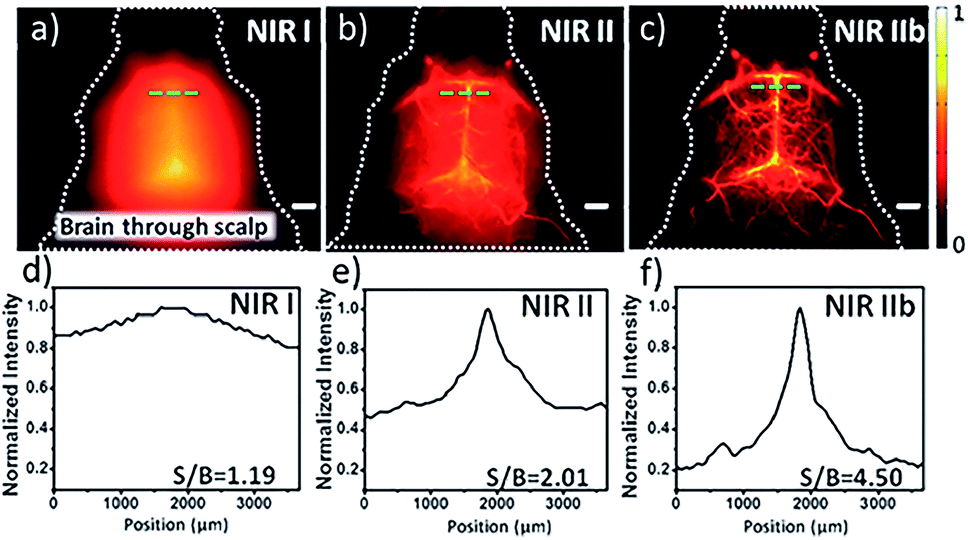Fluorescence imaging technology has broad application prospects in basic biomedical research and clinical diagnostic testing. Near-infrared zone II fluorescence (1000-1700nm, NIR-II) imaging technology overcomes the strong tissue absorption, scattering, and autofluorescence interference faced by traditional fluorescence (400-900nm), and can achieve higher tissue penetration depth in vivo imaging with time and space resolution, it is regarded as the most promising next-generation in vivo fluorescence imaging technology.
Wang Qiangbin, a researcher at the Suzhou Institute of Nanotechnology and Nano-Bionics, Chinese Academy of Sciences, and his team focused on the emerging field of “Near-Infrared II Zone Live Imaging Technology”, after more than ten years of hard work, achieved systematic research results: the first to propose Ag2S quantum dots system in the world, reported for the first time the near-infrared II region fluorescence properties, and further expanded the Ag2Se, Ag2Te, and other quantum dot systems, established a full-spectrum quantum dot system covering the near-infrared II region. They developed the small animal imaging system in vivo with planar array detector based on short-wave infrared indium gallium arsenide (InGaAs), and the wide-spectrum (400-1700nm) small animal in vivo imaging system compatible with visible fluorescence imaging, which has laid a solid foundation for the development of cross-level, cellular, and small animal in vivo models multi-scale near-infrared zone II fluorescence imaging research.

A biomedical research technology platform has been established for “visualization” of near-infrared zone II fluorescence in vivo. This in situ and real-time imaging platform at the level of small animals in vivo achieving high tissue penetration depth (>1.5 cm) and high penetration, with temporal resolution (~30 ms) and high spatial resolution (~25 μm), which has an order of magnitude improvement over traditional fluorescence imaging technology; These researchers established accurate “visualization” research strategy for tumor diagnosis and treatment, drug screening, stem cell regenerative medicine and brain science.
In view of the above series of studies, the team was invited by the Journal of the American Chemical Society to write an article titled Advanced Fluorescence Imaging Technology in the Near-Infrared-II Window for Biomedical applications. This prospect reviews the principle of near-infrared zone II fluorescence imaging technology and its development process; systematically introduces the design, development and advantages and disadvantages of different types of near-infrared zone II fluorescent probes in the past ten years; summarizes the near-infrared zone II development and application of fluorescent small animal live imaging system, two-photon microscopy imaging system, laser confocal imaging system, light-sheet imaging system and clinical surgical navigation system; analyzes the biological structure and function of near-infrared zone II fluorescence imaging technology applications in biomedical research such as imaging, living body sensing detection, and image-guided precise diagnosis and treatment of diseases, and bottlenecks that need to be resolved; prospects for the future near-infrared zone II fluorescence imaging technology in probe design, equipment development, and precise tumor diagnosis and treatment; the key issues that need to be resolved in stem cell regenerative medicine, brain science basic research and clinical application, accelerate the clinical application of near-infrared zone II fluorescence imaging technology.
Reference
Chunyan Li, Guangcun Chen, Yejun Zhang, et al. Advanced Fluorescence Imaging Technology in the Near-Infrared-II Window for Biomedical Applications. J. Am. Chem. Soc. 2020, 142, 35, 14789–14804. August 7, 2020, https://doi.org/10.1021/jacs.0c07022